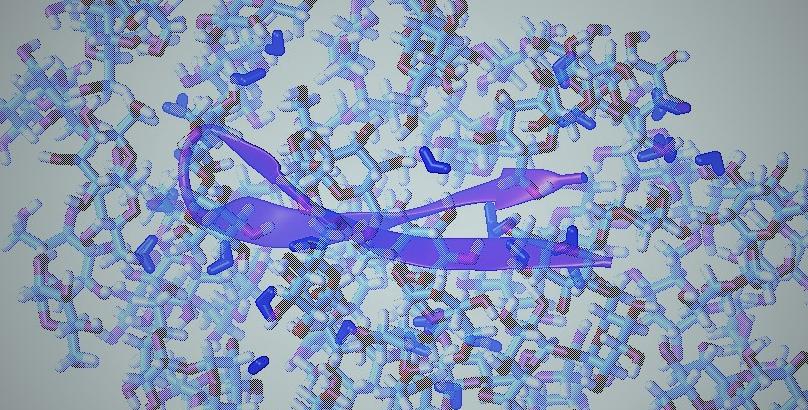Citation:
Abstract:
In calculating transfer free energies of solvated substances, the coexisting crystal state is often taken as the reference. Furthermore, the free energy of this reference state is often assumed to remain constant upon changes made in solution. Yet little is known about the way added cosolutes impact the thermodynamic stability of the out-of-solution crystal phase. To provide insight into the changes in the activity of the coexisting solid state, we used caffeine, a well-studied hydrophobic compound that forms a hydrated crystal in saturated aqueous solutions. By using X-ray powder diffraction, we found that cosolutes, such as trehalose, sucrose, sodium sulfate, and polyethylene glycol (PEG) alter the unit cell volume of crystalline caffeine, in a concentration dependent manner. The dehydration of solid caffeine translates into an overall increase in its free energy, which can be directly calculated as the reversible ΠV work required to compress the crystal. We determined that trehalose, sucrose, and sodium sulfate increase the free energy of the solid, while PEG decreases it. For 2 mol/kg trehalose, this change in free energy corresponds to 17 % of the total change in solvation free energy of monomeric caffeine. Although our results indicate that cosolutes modify the free energy of the solid less than that of the solvated state, this effect is non negligible and measurable, suggesting that it should generally be taken into account as a contribution to changes in solubility, particularly whenever the solid phase is hydrated.
Notes:


